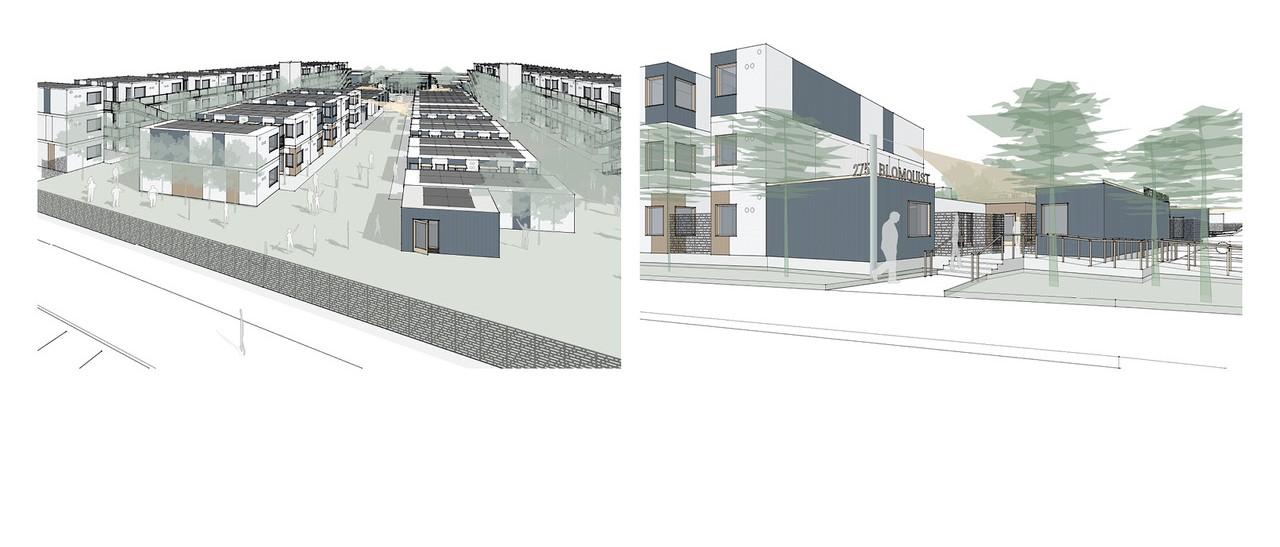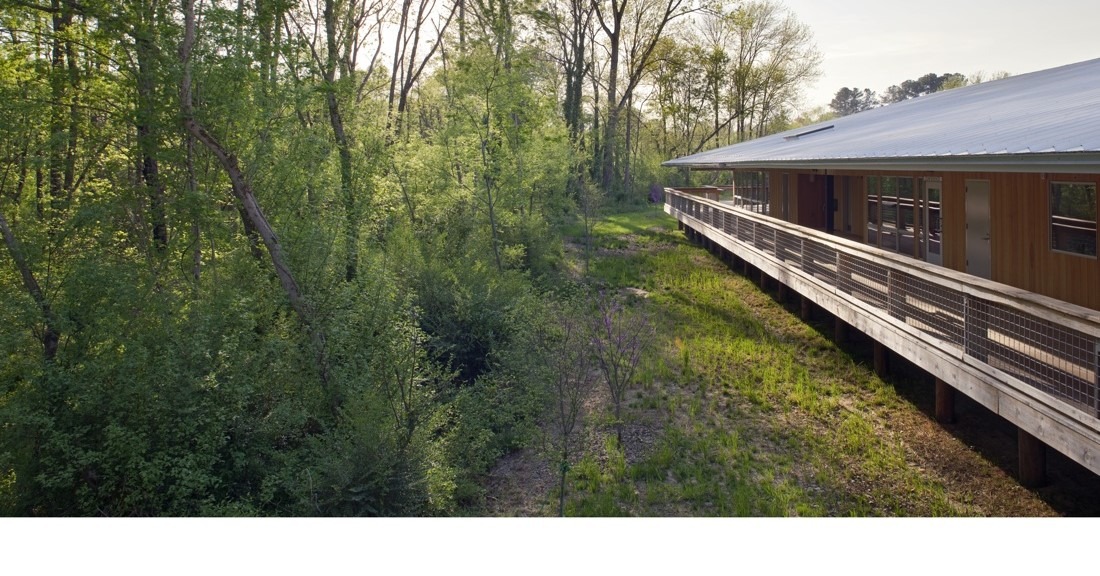A cutting-edge modular housing solution for Silicon Valley’s homeless – designed by San Francisco architect Charles Bloszies – is not only solving problems, but winning awards.
Like the Urban Land Institute’s Award for Excellence in the Americas – with a follow-up shot at ULI’s Global award.
One reason: Its Mountain View “Navigation Center” has an extraordinary success rate for the transitional residents staying there from 60 to 120 days.
“The Mountain View success is overwhelming,” Bloszies says. “Sixty percent go from temporary to permanent housing.”
Forty-seven prefabricated modules were built in factories, delivered to the Mountain View site, craned into place, and connected to foundations and utilities constructed while the modules were on the assembly line. 120 units are now occupied.
The success of the Mountain View project, developed in partnership between the city government and the facility’s nonprofit operator/developer, LifeMoves, has encouraged neighboring jurisdictions to build their own supportive interim housing using this concept.
Supportive is a key adjective in this solution, because Bloszies listened carefully to providers about how to create a nurturing environment. So this “Navigation Center” offers more than a place to sleep, with baths and showers, and a central community space. “My thought was that maybe this is not architecture with a capital ‘A,’ he says. “Maybe they need privacy and a roof over their heads, plus support.”
The homeless use tents for privacy, he reasoned, so the concept was to provide a tent for everyone in the building – even if it’s a metal tent. “My contribution was an idea, not a building,” he says.
A second, larger project is currently under construction in Redwood City for the County of San Mateo. Modules there will be stacked three stories high to allow maximum use of the site, for shared open space. It will have modules for 260 for couples and singles.
Development manager Sares/Regis is currently undergoing planning review for 88 units for families, couples, and singles in Palo Alto, and a fourth in San Jose is on the boards, for 220 singles and couples. With each successive project, lessons are learned and incorporated, improving the design and streamlining the process.
“The question to answer was: ‘Can designers solve this social problem?’ Bloszies says. “That’s because over the years, there have been good intentions but limited success.”
For Silicon Valley anyway, that’s no longer the case.
For more, go here.
[slideshow id=2491]


